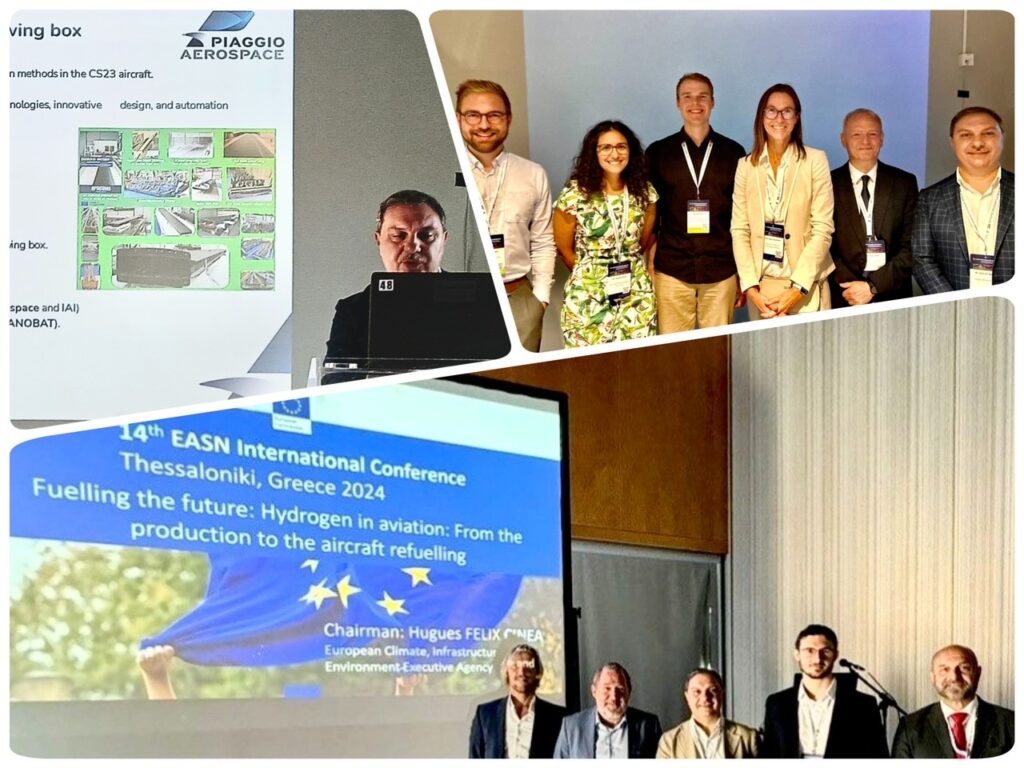
Last week, Piaggio Aerospace participated in European Aeronautics Science Network (EASN) 2024 congress held in Thessaloniki, making significant strides in aviation innovation. Gianvito Apuleo delivered two key presentations:
On October 8th, as a representative of the ALRIGH2T project, where Piaggio Aerospace plays a crucial role, as aircraft OEM, in defining technical specifications for direct refueling as well as performing in the second phase of the project part of the testing campaign in collaboration with other consortium partners. The refueling procedure will be tested at Milan Malpensa Airport using a demo based on the Piaggio #P.180 Avanti EVO aircraft. He presented the “Strength, Weakness, Opportunity, and Threats analysis of aircraft LH2 direct refueling at airports” focusing on key aspects relevant to future zero emissions aircraft direct refueling at airports.
On October 10th, Gianvito Apuleo presented an insightful paper detailing the application of a novel fiber optic SHM system for monitoring bonding lines of a composite aircraft wing within the Clean Sky 2 SAT program framework. The objectives of the project were: increase safety through periodic updates of the bonding lines integrity, reduce recurring costs by transitioning to an on-demand approach from the usual scheduled maintenance, and collect design benefits by modulating safety coefficients due to increased knowledge of the structural system behavior.
The presentation highlighted the unique SHM architecture based on the use of distributed optical fibers and the implementation of a CIRA proprietary algorithm, named L.E.H.O, to detect damage in bonding lines. Ground testing with a full-scale wing box successfully validated the system’s ability to identify damage. The presentation also included a Technology Readiness Level (TRL) evaluation, summarizing and discussing the results, which highlighted specific areas for technological improvement, such as modeling-testing synergy and operational environment definition.
The work detailed in the presentation is expected to address these aspects while achieving full-scale aircraft integration, paving the way for enhanced structural robustness and operational safety in future aircraft.
Our contributions to these valuable projects underscore our unwavering commitment to more sustainable and safer air mobility solutions.
